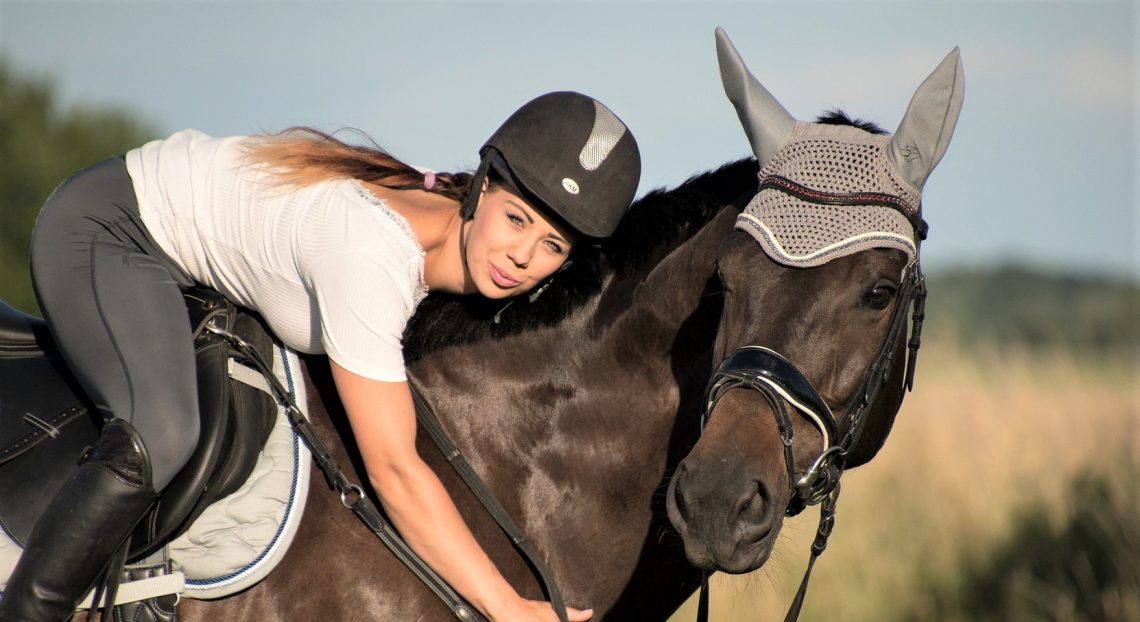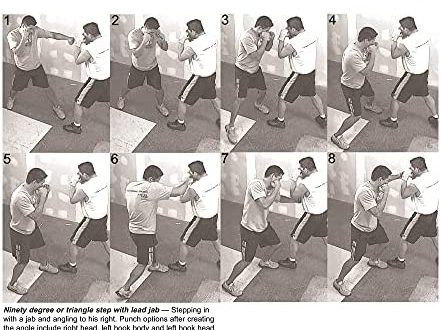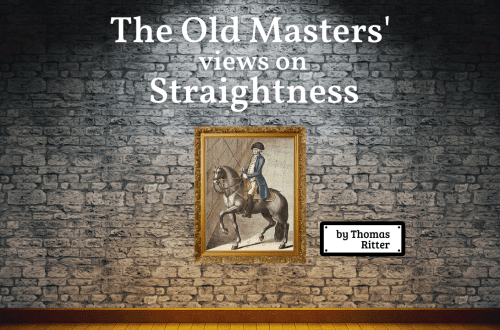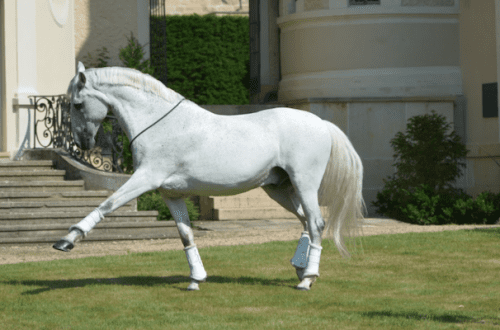
Mistakes in raising a horse: is there a second chance?
Mistakes in raising a horse: is there a second chance?
The process of training a horse rarely goes smoothly. Everyone has ups and downs, and even professionals are not immune from mistakes. And so, at some point, you are on the wrong path. Perhaps you failed to properly explain to the horse what you wanted from him, perhaps you applied too harsh a punishment. One way or another, your unsuccessful actions led to unforeseen unwanted reactions of the animal. They have taken hold, and now you want to eliminate them. Can everything be fixed?
First of all, you need to answer the question: how long do the consequences of our mistake in training the horse last?
Recently I heard a very true saying: “If you punish a horse unfairly, he will never forget it, but he is able to forgive.”
I will give an example from my practice. I once worked with a young Arabian gelding. He did not have any behavioral problems, except for one small one: he did not like to load himself into a horse carrier – he simply resisted and refused to enter it for a long time. Since I rarely had to ship him, I turned a blind eye to this gap in his training. After some time, the horse was sold to a rider who was fond of running, and … he, who regularly traveled to competitions, faced loading problems …
To teach the horse to load, some drastic measures were taken, but immediately a new, previously non-existent problem arose – the horse began to goat. The owner decided to sell it, but first referred to me in order to first fix the behavioral problems.
To retrain the horse, I needed to apply two main methods of behavioral modification therapy desensitization and reorientation.
Desensitization – this is a process that allows you to make the animal less sensitive to external stimuli (we accustom the horse to things that frighten her, and she stops being scared).
Reorientation A procedure by which a new response to a stimulus is established as a substitute for an undesirable behavior.
In this case, I trained the horse to load into a trailer – we loaded so often that loading ceased to embarrass him. The training, combined with reorientation, helped develop a positive bond with the trailer in the animal. FROMthe horse’s fucking in front of the trailer was eventually replaced by the expectation of a reward/delicacy that was waiting for him in the feeder in the stall.
The problem with the goats was solved both because of the elimination of problems with loading onto the trailer, and as a result of the use of behavioral principles of positive and negative reinforcement and correctly applied punishment. Rewards and other types of reinforcement were used in abundance to reinforce and stabilize appropriate behaviors, while the potential for rapid correction kept inappropriate behavioral tendencies under control. Eventually, both undesirable behaviors were completely removed from the horse’s repertoire.
One important thing to note! Understanding that good, consistent retraining can eventually correct a lot of mistakes should not lead you to think that you can safely experiment with different teaching tactics! The fact is that initial training a horse, whether his early lessons were correct or not, is very hard to “undo”!
As part of a study dating back to 1994 and described in the journal Applied Animal Behavior Science, I worked on training 17 previously untrained one-year-olds and two-year-olds to distinguish between black and white feeding pails. After each of the horses figured out which color was “correct”, I changed it to see if the horses could retrain? In other words, if the black bucket was “correct” for the horse (I only fed from the black bucket), would the horse be able to retrain if I start feeding only from the white bucket? Only about a third of the horses were able to wean themselves off the color stimulant and make the transition to the opposite color! Come to think of it, most (!) test horses failed to “undo” their original training.
Thus, the importance of getting the right initial training cannot be overemphasized…
In similar studies of the behavior of other species herbivores animals (cattle), similar results were obtained, confirming the theory that the first training experience is critical for the overall learning ability of all types of domestic animals. Of course, during training, the rider improves the potential of the horse by guiding it, whereas during research, the horses had to try to figure it out on their own.
It is not only the content and sequence of the horse’s training that matters, but also the frequency with which he receives lessons!
In a study conducted by Cornell University, 15 ponies were trained to overcome a small obstacle in three ways. Group 1 trained seven days a week, Group 2 twice a week, and Group III only once a week. Surprisingly, the ponies who trained only once a week learned to clear obstacles in fewer sessions than the ponies in the other two groups. The greatest number of lessons was required for this pony from group 1.
At the end of the experiment, the ponies were redistributed into two groups and started learning to rein back. Once again, the ponies trained only once a week completed the task in fewer sessions.
Perhaps horses, like people, learn more effectively when they are provided withоlong breaks between workouts. It turns out that in order to maximize the effect of training, we should give horses more time between training sessions.
The results of these studies are supported by popular advice from many top coaches. In her book Equine Problems, Karen Bush says that training should follow a steady logical progression because the attempt to train a horse to do more in a sessionthan one is able to absorb can lead to behavioral problems associated with resistance and confusion and, ultimately, bad habits and refusal to work. The rider must gain control through a sensible approach, not through force, which breeds distrust and can provoke aggressive behavior. It also reminds that horses have excellent and long memories, especially for unpleasant experiences, and that the root of many behavioral problems can be found by studying the horse’s past. The author emphasizes that horses must learn through repetition, association and reward. It is as easy for a horse to learn something bad as it is easy to learn something good.
You should not put off until later the elimination of problems that have arisen after an unsuccessful workout.! If a learning problem lasts long enough, then bad habits can become entrenched enough to take much longer to correct. Sometimes the help of a professional coach may be needed to solve a problem of long-term behavior.
Many errors, if discovered and reassessed before unwanted responses become habitual, can be resolved with less effort. So, one of my horses, as a rule, easily overcame water obstacles on the way. After moving to a new stable, my husband and I set off to explore new trails with our horses. The stable owners told us where was the best place to cross the nearest stream. But when we got there, we found that the descent to the water was quite steep. Since the horses had a wealth of experience in overcoming water obstacles, I immediately crossed the stream on my mare. Steve’s mare stopped, embarrassed by the steep drop and muddy water below. When Steve became more insistent, she suddenly jumped from a full stop forward, landed in the middle of the stream, and then jumped out to the opposite bank. Steve made three more attempts to cross the stream – the result did not change. I decided to sit on this mare myself and try to stop her in the stream so that she would relax a little. When I tried to do this, the mare jerked her head and broke the reins, I lost my balance and fell into the stream. On the way home, squishing tadpoles in my pockets, I worked out a strategy that I would use the next time I crossed the stream.
The next time we returned to the stream, the mare was under a small dose of sedation. I led the horse into the stream in my hands. This approach restored her confidence, and after a few ins and outs of the water, I got into the saddle and made it through the water.
On the next try (the mare was no longer under sedation), I again led the horse into the stream, and then sat in the saddle and rode there on horseback. I repeated the entry and exit from the water several times. On the third time, when we decided to overcome the stream, I was able to immediately cross it on horseback. The problem has been fixed.
Why did the new technique work, but the one we tried the first time didn’t?
The new approach succeeded because the early (and rather dramatic) problem of initial learning was recognized by us before bad habits took root. We came up with an alternative approach that eliminated the horse’s anxiety and restored his confidence.
Take a step back and reevaluate the situation if the horse’s behavior indicates that something in your approach is simply not working. It’s never too late to try to correct your learning mistakes, however sometimes it can take longer than you expect.
Brenda Forsyth Sappington, MS, Ph.D. (source); translation by Valeria Smirnova.





